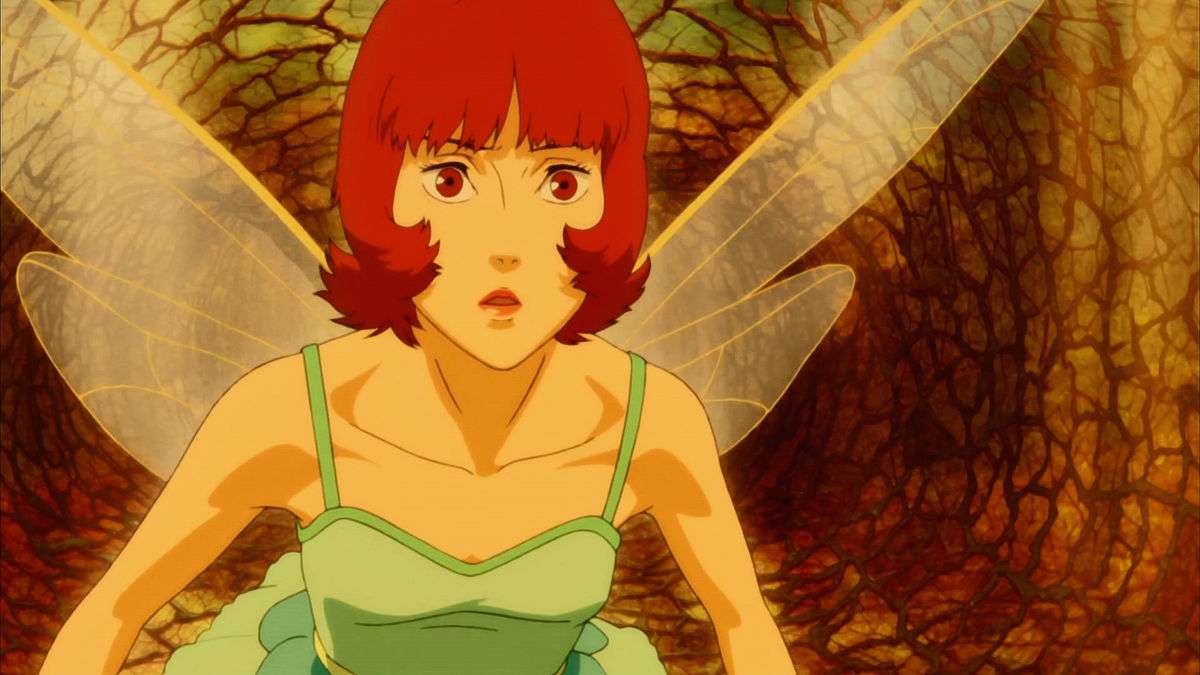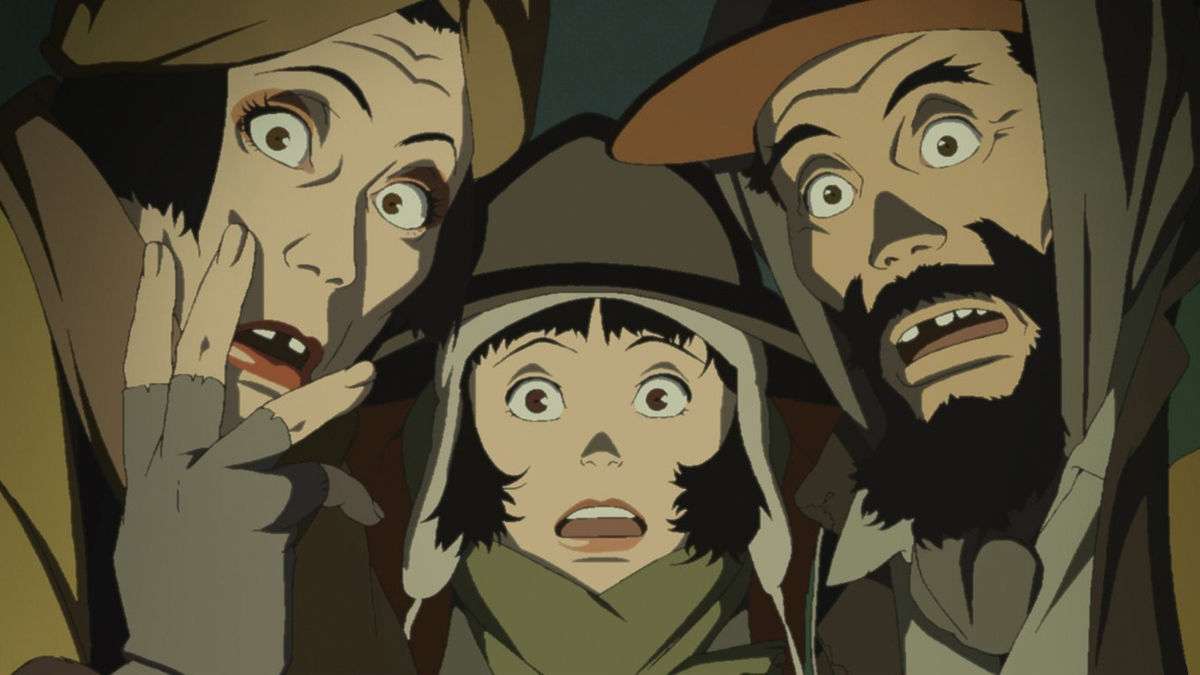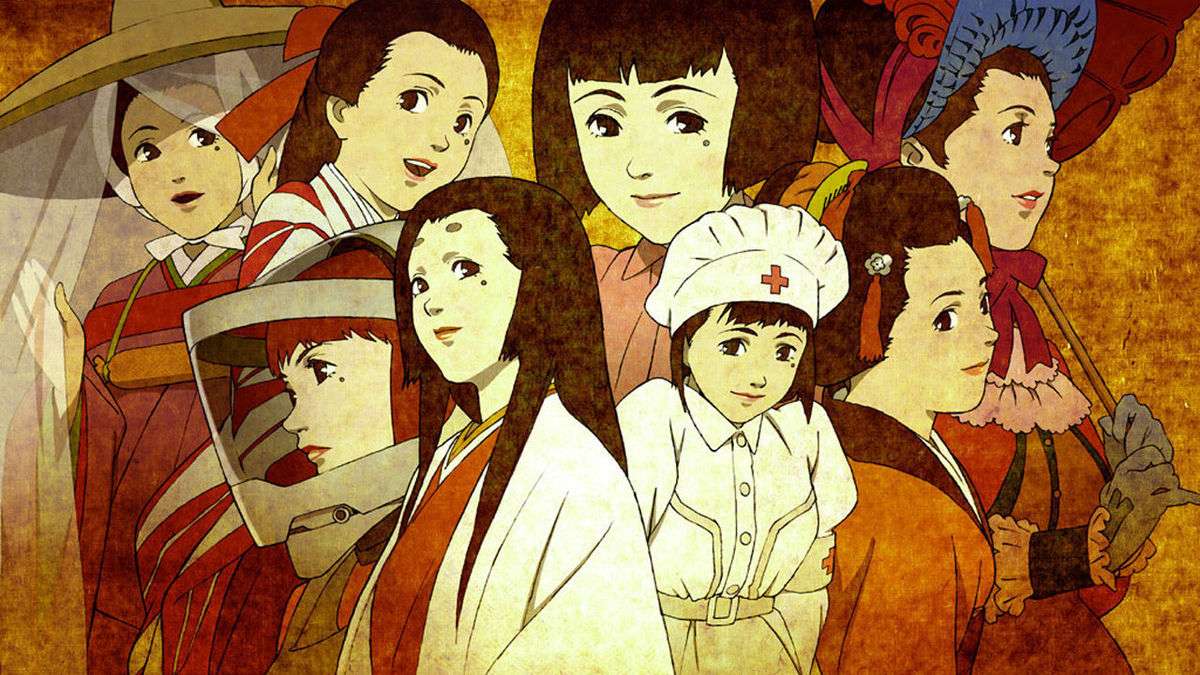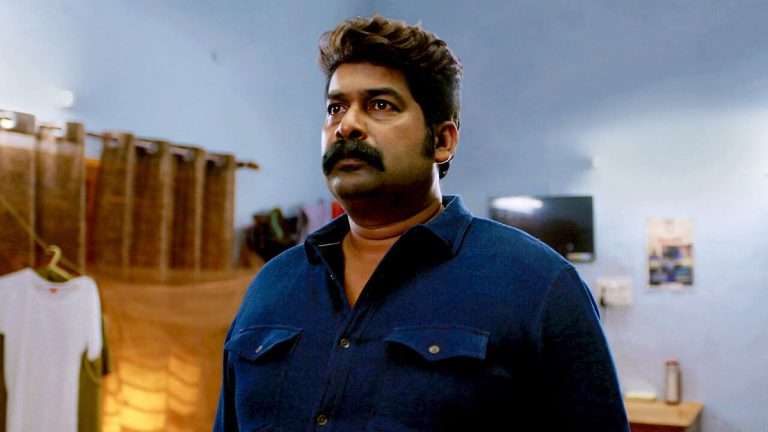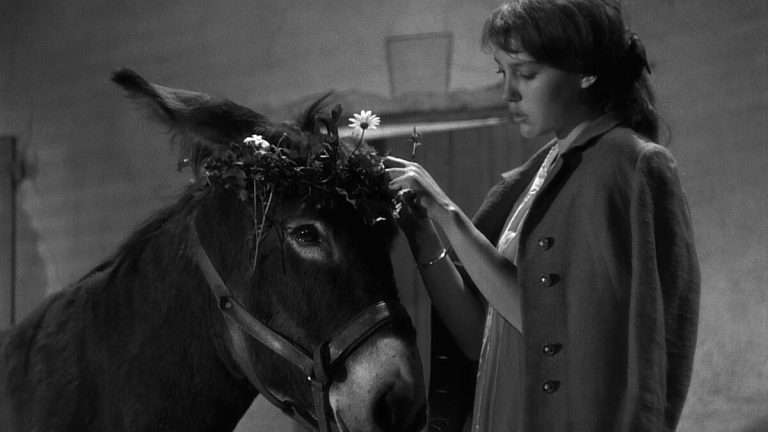“Movies that you can watch once and understand entirely– that is the type of movie that I don’t really like.”
…. Satoshi Kon said in an interview with Nelson Pressley. Satoshi Kon’s foray into anime showcased a fresh approach to this singular form of cinema, which had erstwhile been relegated as a form primarily meant to cater to young audiences. With convoluted timelines, repeated overlaps between imagination and reality, and the constant need to detail the interior worlds of the characters– which speak to the audience in a way never seen before, Kon inaugurated a new wave in animation filmmaking that was at odds with what’s standardized by Western production houses like The Walt Disney Company.
Kon entered into filmmaking due to his association with Katsuhiro Otomo. After working as a writer in Otomo’s live-action “World Apartment Horror” (1991), Kon served as a key animator for “Roujin Z” (Hiroyuki Kitakubo, 1991), which was written by Otomo. Later, he became a writer (for the section “Magnetic Rose”) and background designer for the anthology feature “Memories” (Otomo, Koji Morimoto & Tensai Okamura, 1995). His sudden death intercepted the materialization of his fifth feature, “Dreaming Machine.” Satoshi Kon has four feature movies to his name. Apart from feature films, he has worked on the television series “JoJo’s Bizarre Adventure” (1991), the 13-episode series “Paranoia Agent” (2004), and the short “Good Morning” (2008), which is his last work.
4. Paprika (2006)
Satoshi Kon’s final movie, “Paprika,” is about the endless possibility of technology in bolstering health sciences for the correct diagnosis of patients. A device known as ‘DC Mini’ has been developed so that psychotherapists can delve into their patients’ dreams and assess their unconscious thoughts instead of relying on their sole verbal accounts. However, the drama is set in motion as the device gets stolen. The thief uses it to not only enter the dreams of others but also rewire one’s brain and infuse dreams of different persons in one brain. Thus begins a game of cat-and-mouse between the villain and the protagonists. The villain constantly triggers a set of delirious dream worlds that impede the orientation of the ones chasing him. In an interview with the portal ComingSoon.net, Satoshi Kon has been quoted saying this specifically for his movie:
“With “Paprika,” the idea is that I wanted to create a film that is more like an attraction in an amusement park. For example, what’s exciting about a rollercoaster ride is not because you understand the angles it turns or the particular rate of acceleration or anything like that. It’s just fun, and you enjoy it. I think “Paprika” has been created to have the same effect.”
It is indeed a film with a montage of shapeshifting visuals. The first scene or dream, which opens in a circus, quickly switches to a scene straight out of WS Van Dyke’s “Tarzan the Ape Man,” as the bewildered spectators try to conjoin the disjointed narratives to derive meaning. As Kon himself has agreed, the imageries of dolls and furry animals of “Paprika” in a parade are at odds with the innocuous soft imageries of Disney. The bold colors of the dolls in the dream make them haunting.
Also Read: Satoshi Kon: One of the most influential filmmakers of his Time
3. Tokyo Godfathers (2003)
Perhaps the only film that fell outside the reality and imagined dichotomy that permeates Kon’s entire body of work, “Tokyo Godfathers,” is somewhat realistic in its storytelling approach with a linear narrative devoid of any radical visual techniques meant to disorient the spectators. More than a formal expression of the characters’ agitated and warped states of mind, “Tokyo Godfathers” refashions popular genre tropes. The film is marked by its verbosity, and attention is drawn to the characterization as the characters speak at length about their past lives and negotiate with problems.
“Tokyo Godfathers” follows three people living on the fringes– a drunken father estranged from his family, a transgender woman and former drag queen, and a runaway teen. Their already topsy-turvy lives are thrown into further disarray as they find an abandoned baby and don’t know how to return the baby to its rightful mother. The anime become a social realist drama as it tries to capture the marginalized population of Japanese society – the people experiencing homelessness, the queer, the runaways, the immigrants, the abused single mothers. The film’s intricate web of hyperbolic events, hidden relationships, mysterious identities, and unclear parentage could lead to confusion. However, the linear narrative skillfully navigates the back-and-forth between different realities, keeping the audience engaged.
2. Perfect Blue (1997)
In “Perfect Blue,” a fledgling pop artist, Mima, quits her J-pop group and changes her career course to pursue acting. However, as she steps into the new world, she is tormented by a host of trauma agents– a vengeful obsessive stalker fan, a spectral doppelganger who keeps appearing and reappearing, and a mysterious website that records every intimate detail of her personal life. The sparse dialogue and haunting visuals of “Perfect Blue” weave a tapestry of dream, reality, and Mima’s acting career, leaving viewers questioning what’s real.
Kon does not demarcate the arena of dreams using any normative filmic conventions. The film revels in its inexplicability. Match cuts become the keystone to the aesthetic vocabulary of Kon’s films, most evident and palpable in “Perfect Blue.” The effect that the match cuts produce induces the spectators into believing that they are precariously oscillating between the imagined, the real, and a third realm that is constituted of the film being shot within the film. In tandem with its exploration of madness, stakes of fame, and its resultant loneliness, “Perfect Blue” portends the kind of internet, celebrity, and fan culture that informs today’s discourses.
1. Millenium Actress (2001)
If the disjointed timeline and spaces, melding of fiction and reality in “Perfect Blue” work to establish the horror of Mima’s mind, “Millennium Actress” employs the same methods to present a graceful and forgiving story. It is a story of grief, love, and memories that is so universal that the characters find themselves in different moments in history, more precisely film history, and what is cinema, if not the repertoire of memories? Described by Kon as the other side of a coin (whose one side is “Perfect Blue”), “Millennium Actress” is a testament to what remains when the obsessive fan culture bolstered by the internet is sieved and chucked away: a fandom typified by a glorious love and awe for cinema and acknowledging the systems that drive it, here the aging stars.
A TV interviewer, Tachibana, and his assistant connect with an aging star, Chiyoko Fujiwara, who had long ago withdrawn herself from the world. Tachibana presents Chiyoko with a key, a MaGuffin of sorts, which sets the trail of memories of her life and career in motion. The film doffs its hat to different cinematic conventions and moments in film history. The visual and narrative space expands to include a host of cinematic markers, from the classic samurai to the kaiju Godzilla, before ending in interstellar sci-fi.
Related to Satoshi Kon Movies: A Ghibli-esque Journey: The Immersive Realism of Studio Ghibli
Through the use of match cuts, Chiyoko’s interview dissolves the boundaries between past and present. The technique allows viewers to experience her memories of the Sino-Japanese War and her film work simultaneously, creating a sense of a unified yet fragmented reality. The most remarkable moment for me is when Chiyoko opens her photo album and recounts her childhood. As the visual landscape is presented with photographs from her childhood in the form of a classic Japanese art tableau, images of running girls are cut across them, and we realize that what we have here is a trompe l’oeil.


